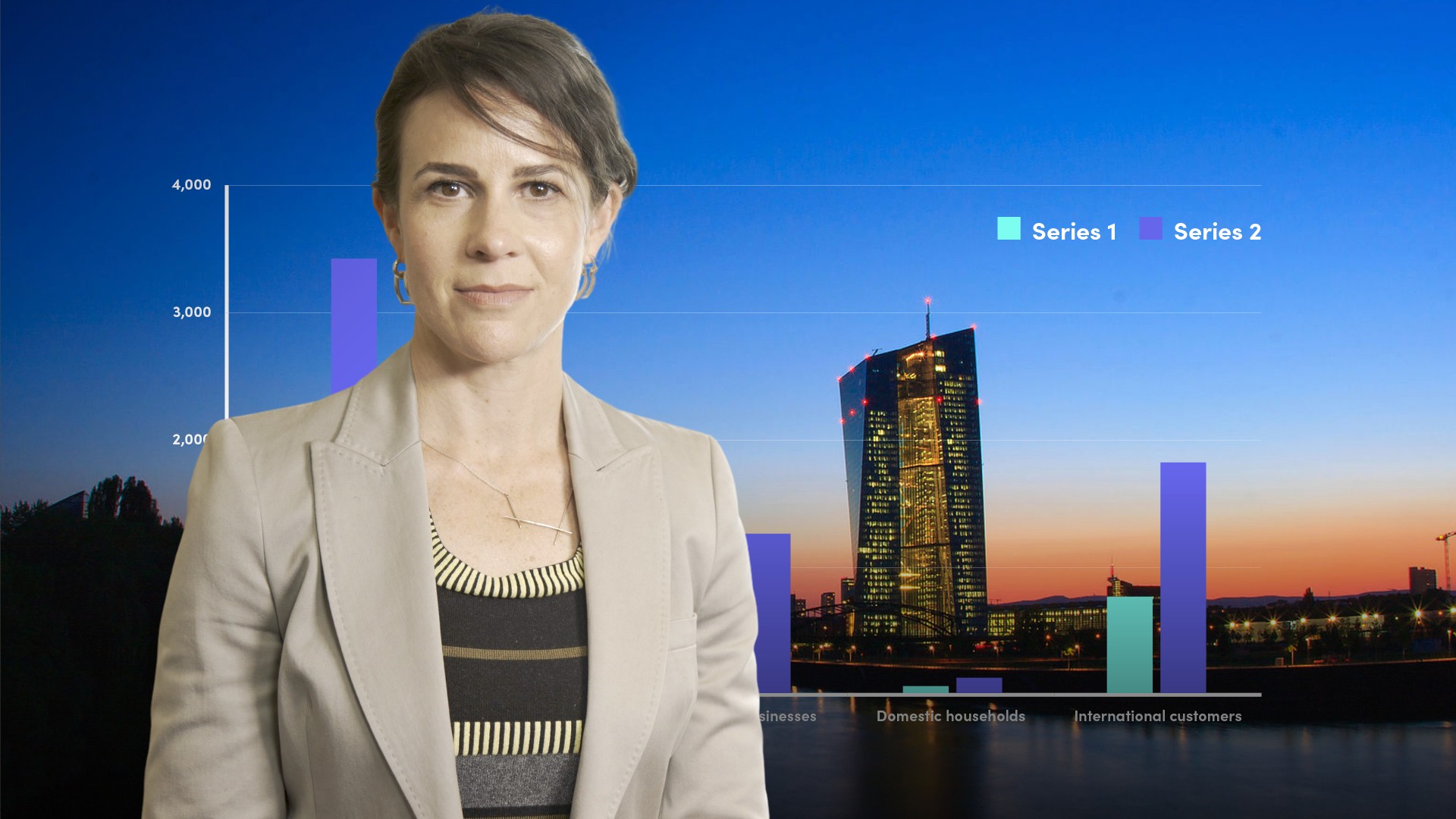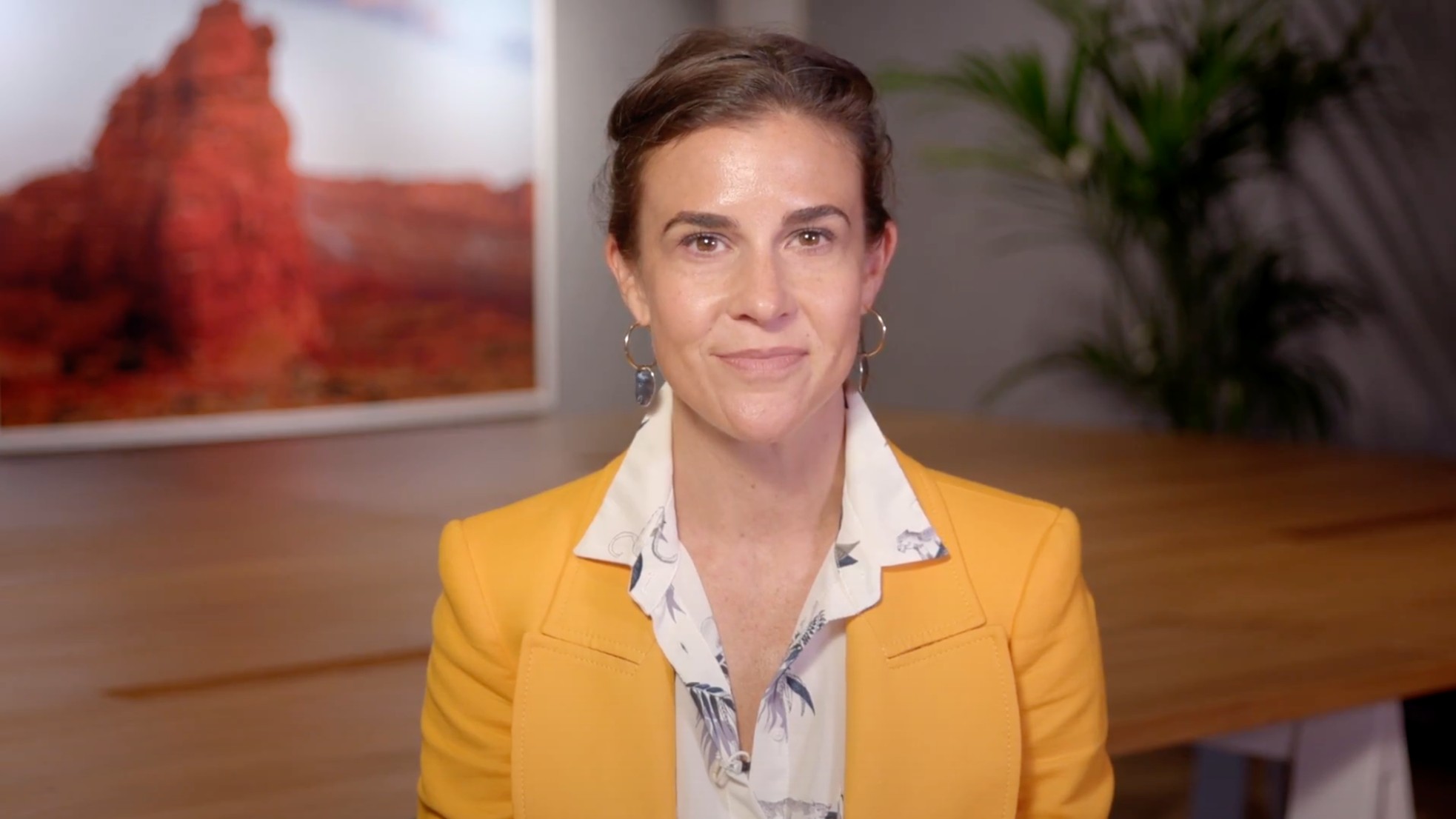
Icelandic Financial Crisis

January Carmalt
20 years: Research & banking
Iceland became one of the first victims of the 2008 Financial Crisis. In this video, January uses Iceland as a case study to examine the impacts of ambitious balance sheet growth and inadequate central bank oversight.
Iceland became one of the first victims of the 2008 Financial Crisis. In this video, January uses Iceland as a case study to examine the impacts of ambitious balance sheet growth and inadequate central bank oversight.
Subscribe to watch
Access this and all of the content on our platform by signing up for a 7-day free trial.

Icelandic Financial Crisis
11 mins 10 secs
Key learning objectives:
Identify the initial responses to the Financial Crisis
Pinpoint the potential parties to blame for the collapse
Explain the effects of the Financial Crisis
Overview:
In 2007-08, Iceland’s financial system was particularly vulnerable due to the epic ambitions of retail banks and their aggressive acquisitions to establish geographical diversity. This coupled with the inept oversight of the Sedlabanki meant outstanding debt grew rapidly, leaving behind a depression.
Subscribe to watch
Access this and all of the content on our platform by signing up for a 7-day free trial.
What is the Background?
Iceland’s top 3 banks adopted an aggressive acquisition spree causing banking assets to skyrocket from EUR18bn to EUR124bn (12x domestic GDP at the time). In 2006, spooked bond investors sent credit spreads soaring and credit default swaps spreads suffered under concern on the bank’s increased reliance on wholesale funding. In 2007, retail banks grew their deposit base by 93% by luring foreign savers with attractive pricing (rates as high as 7%). By 2007, outstanding depositor and wholesale external debt of the 3 banks totalled over EUR95bn.
What were the initial responses?
In response to overheating markets, in November 2007, the Icelandic central bank had raised interest rates a further 45bps to 13.75%.
On 29 Sept 2008, Glitnir was the first Icelandic bank to be nationalised, followed swiftly by Landsbanki and Kaupthing. By early October, domestic operations and deposits were ring-fenced by the Icelandic Government whilst foreign depositors were left to the devices of their respective countries.
Who was to blame?
The Icelandic Central Bank was focused primarily on controlling inflation and a weakening ISK. They were neglecting its role as bank supervisor and regulator.
In the Sedlabanki’s Financial Stability Report (2008) – it concluded that the Icelandic financial system was well prepared and able to withstand potential shocks to the economy. This was a clear oversight from the Central Bank. Similarly, the Central Bank failed as a lender of last resort.
The Central Bank was hostile and instead placed blame on authorities in the UK, Northern Europe and elsewhere for not stepping up financial aid to the new ‘global’ institutions. As Icelandic authorities did not have the resources to rescue banks, the lack of international assistance is also to blame.
Retail banks had severe weaknesses in areas such as asset quality and governance, in addition to their business model and risk management. Also, it was the bank's difficulties in refinancing their foreign assets that catalysed the crash.
What were the effects of the Financial Crisis?
- Domestic equities plummeted by over 90%
- The ISK fell by over 60%
- Inflation soared
- GDP dropped by over 10% in real terms
- Unemployment peaked over 9%
Most banks, companies and homes were left bankrupt. Also, at the time of the collapse, outstanding liabilities totalled over EUR90bn in wholesale and deposit funding.
How did they recover?
The Icelandic Government was forced to go to the IMF for a EUR4bn loan. Since this, Iceland has managed to make a significant recovery due to tourism.
Subscribe to watch
Access this and all of the content on our platform by signing up for a 7-day free trial.

January Carmalt
There are no available Videos from "January Carmalt"



























